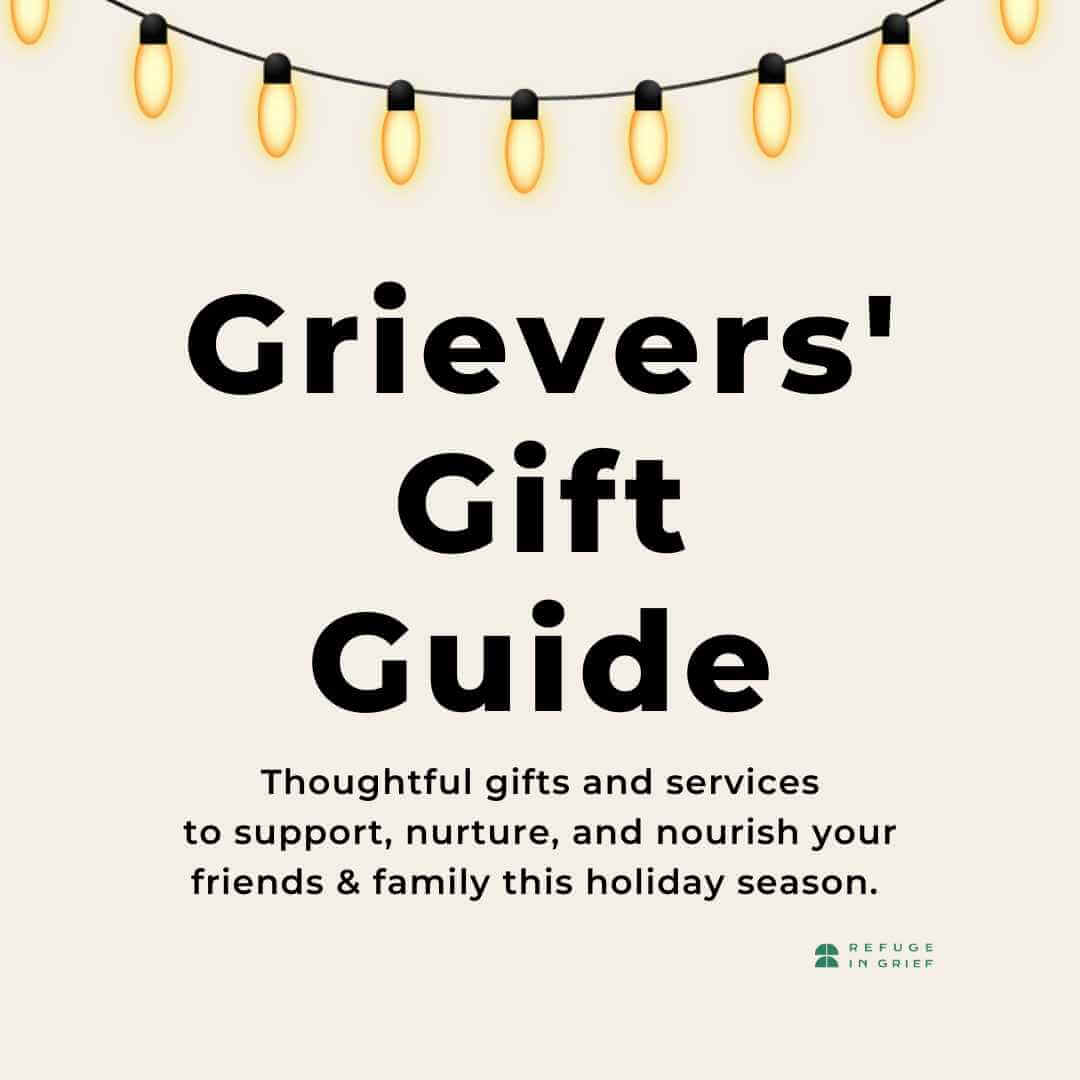members only: How Do I Know if My Writing Will Matter to Anyone Else?
.
This post is part of a series on how to share your writing with the larger world. These posts are visible only to members of our online community. Right now, non-members will see a log-in page when they click on this post, and that default log-in shows up on the regular blog overview page.
As soon as I can figure it out, non-members will see this opening passage (below) up to the line, “today’s topic,” and the rest of the post will be blocked.
———————————————————————
In this series, we’ll be talking about the process of submitting your work to a larger audience: basic nuts-and-bolts information to help you stretch and grow your writing.
Your work deserves to be seen, my dear writers. I hope this series helps you reach the people who will find your words beautiful and useful.
Today’s topic: Wait, what? How do I know if my writing is even “good enough” for other people to read? Should I even be considering publication somewhere?
When I first asked our community if you wanted information on how to submit your work for publication, several of you sent me messages like this:
“So much of my writing is personal. I mean, I write for myself. So I’m not even sure it will resonate with anyone else. How do I identify what, if anything, is worth submitting?”
Writing for yourself and writing for a larger community are two different things, but they do overlap. We saw that inside the original writing course, right? Writing from your own deep, personal experience resonated with others in the group – those who had shared a similar loss and those whose losses were different. So, in a sense – personal writing can, and does, resonate with people in the larger world.
That said, there is some writing that lends itself to personal process, rather than broader readership. Think of the personal writing you’ve read as you’re wandering around the internet. What personal pieces make you click away without reading the whole piece? What is it about them?
Often, the pieces we click away from without reading are the purely stream of consciousness pieces, the ones that read like a straight-from-your-journal entry, and the ones that are full of uncontained anger or blame. Right?
This is not to say that that kind of writing has no place – of course it does. But when you’re writing for an audience, that kind of “open up the faucet and run” writing isn’t relatable: it has no anchor. It’s purely personal, and the wider context isn’t there. There’s often nowhere for a reader to connect. There’s no story to follow. They’re an observer, not a participant.
How’s this for a ham-handed, completely non-scientific metric: if it reads like a rant, even a much needed rant, it’s probably not the piece you want to submit to a publication. That kind of piece most likely has some fantastic seeds in it for future writing, however. Go through with your pen or the highlighting function on the computer and mark those lines, capture those seeds.
That’s a rough guide for what might not work for a larger audience. But how do you tell if something you’ve written will resonate for others?
Again, go back to your experience in the original writing course. Think about the pieces you’ve connected with online, or in print books and magazines. They’re personal. They offer something – a story, a sense, a memory. Inside the personal story, you find tendrils connecting to your own story. And sometimes, even if you don’t personally relate to the content, you sit back and whistle through your teeth – damn, that is beautifully written.
So as you look through your own writing, what pieces stand out? Or maybe as a first step, which pieces strike you as purely personal, or perhaps a breeding ground for new writing? Put those into one file.
Then, go through the rest of your writing (or a section of your writing). If you’re reviewing pieces you’ve shared with the group – here, or in the writing course – make note of the feedback you received. Which pieces really spoke to others? Which pieces, for no articulate reason at all, call you? Which ones might want to be shared with the world?
For now, don’t worry about whether they’re “good enough,” or whether people will resonate with them. At this stage, just look for the pieces that call to you. Look for the pieces that have already spoken to others in our group. Start there.
- Come up with a list, or a file, of maybe 5 to 10 pieces that have potential. You can always add to it or change it, but start there. I think we can get so stuck in wondering if we “have anything” that we never move with the riches we’re sitting on.
- Start practicing that skill of looking at a piece and discerning where it goes: into your own seed-bank of personal imagery and process, or into the file of “potentially share with others.” You’ll get better at that discernment with practice.
- And, as you wander around the internet, notice when you read something that really grabs you. Notice when you have no interest in finishing something you started to read. Wonder why, about both things. Be curious. That builds those discernment muscles, too.
Yes? So start your files. Start reviewing. Find your 5 to 10 pieces. That’s the first step.
This is post #1 in an on-going series. If you have specific questions about sharing your work with the wider world, send me a message. I’ll work the questions, and my best answers, into the series. Thank you for being here, my dear writers. I love you all so.


